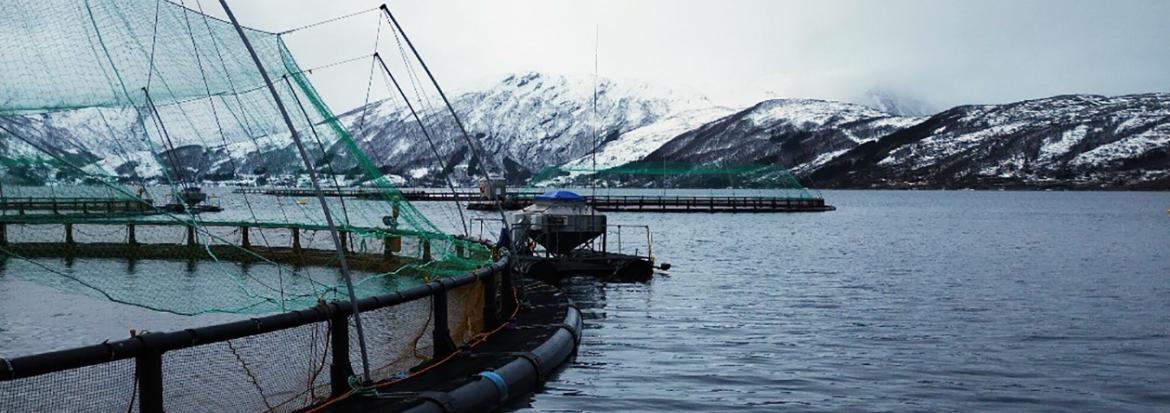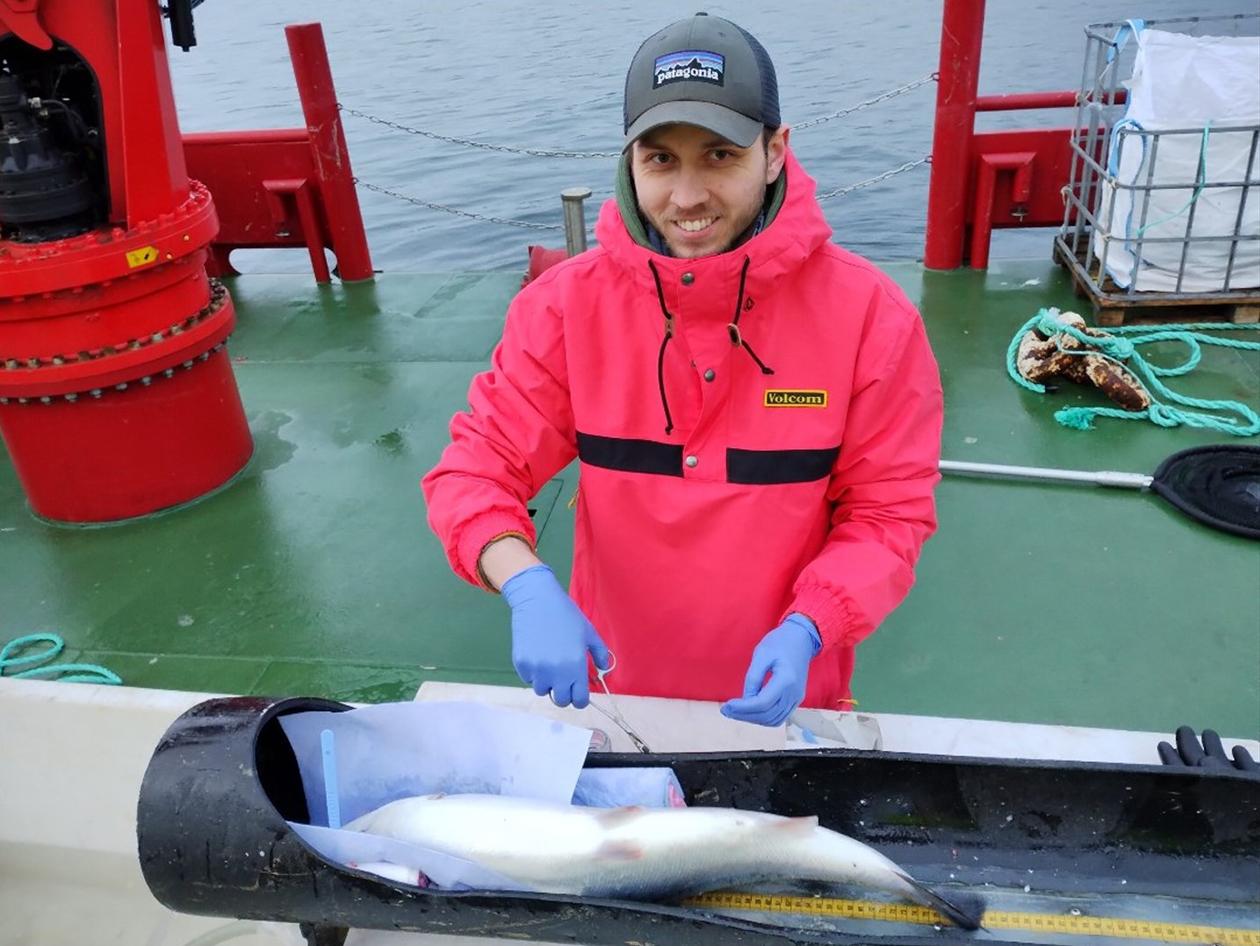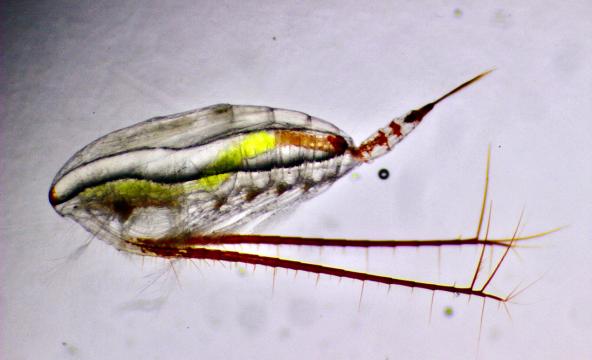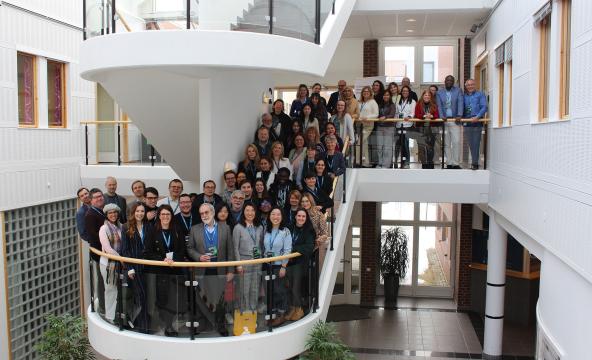
Research on fish health: “Proper training of the personnel performing the procedure is important. You must have a good plan. The goal is always that the fish should be provided the best possible care", researcher Miiro Virtanen says. Photo: Endre Nordgård
“When fish are not doing well, they often show signs of negative emotions such as fear, pain, and anxiety, as an expression of a stress response”, says researcher Miiro Virtanen.
How can one know how the salmons are doing? Fish welfare is receiving increasing attention in the aquaculture industry, and now breeders are using new methods to monitor the health of each individual fish. Smart tags, small electronic chips implanted in the bellies of selected individuals, are seen by many as a promising method for monitoring welfare in the pens.
“Development of such implants to monitor fish welfare is underway, equipped to measure a variety of things, such as activity, heartbeat, pressure, temperature, and position in combination with observing the fish's behavior”, explains Virtanen.
Measuring cortisol levels
He has recently completed his industrial PhD at Nord University, in collaboration with Arctic Seafood Group AS, where he studied how such implants affect the health of the fish that carry them. Virtanen looked particularly at how the implant affected stress hormones such as cortisol in the fish's blood.
Cortisol is central to the body's stress response and is released in the body when exposed to a stressful situation. Such situations can include persistent pain, changes in temperature, poor water quality, and crowding, i.e., when fish are cramped for space.
“Seven days after the procedure, we found no difference between fish that had received implants and those without. However, it's important to say that our experiment ended after eight weeks, and we need more data on how the fish are affected over longer periods. This is something for future research”, says Virtanen.

In the study, the researchers also looked at how fish that had received implants reacted to stress. They did this by simulating crowding. Every day, the water level was reduced for a short period, so that at its lowest, the water only covered half of the fish's body. After thirty seconds of such extreme water levels, it was raised back to normal again.
“It was when we induced stress that we saw things start to go wrong. By the end of the experimental period, cortisol levels remained elevated”, Virtanen reports.
At this point the researchers ended the experiment.
“It would be unethical to subject the fish to such extreme conditions, with severe chronic stress where the fish would most likely die”, says Virtanen.
In the study, Virtanen also looked at the development of fin erosion and, notably, the impact on wound healing. The results showed that wound healing was particularly affected when the fish were subjected to stress.
“Simply put, the results show that stress is negative for wound healing”, says Virtanen.
Proper training ensures best care
Skin health is a good parameter for fish welfare.
“Many diseases, parasites, environmental and mechanical damage manifest at the skin. Therefore, changes in the skin condition can serve as a useful indicator of potential stress or health problems”.
This means that a number of considerations must be taken into account when implanting such devices in salmon.
“Ideal conditions should be ensured. Tagging fish that are already under chronic stress, e.g., during long periods off handling events, sea lice infestation or bad weather, is a bad idea”, says Virtanen.
Experiments have also shown that the heart rate in fish that have implants inserted goes down more quickly after surgery when the procedure is performed by an experienced person.
“Proper training of the personnel performing the procedure is important. You must have a good plan. The goal is always that the fish should be provided the best possible care."
The research has been funded by The Research Council of Norway in collaboration with Arctic Seafood Group AS and Nord University.







